Artificial intelligence platforms have revolutionised the way companies develop and roll out new apps. A new kind of business software called AI platforms tackles the challenges of building and managing AI systems efficiently and effectively while keeping overhead expenses to a minimum.
Artificial intelligence platforms have brought the cost of machine learning models down to an all-time low by allowing businesses to construct and manage these models on a massive scale. This new prospect has far-reaching implications for firms looking to expand across many industries.
Best AI Platforms for Making Your Apps in 2024
For the purpose of designing your own applications, I will examine the top artificial intelligence platforms in this article. It is important to keep in mind that the selection of the technological stack for the construction of an artificial intelligence platform is contingent on a number of aspects, including scalability, performance, cost, and user needs. Following the presentation of the platforms, I will then go on to highlight the advantages of artificial intelligence platforms and explain why it is essential for businesses to have them in order to maintain their competitive edge in the digital world.
Amazon AI Services
Amazon Web Services (AWS) has been a pioneer in AI and ML, offering a comprehensive suite of services, infrastructure, and tools to assist clients throughout their ML adoption journey. Making predictions using fresh data, storing learned models in the cloud, and training ML models at scale have all been made possible by AWS’s AI platform.
The AI platform training service on AWS offers a wide range of customisation options, including a selection of machine types for training jobs, the ability to enable distributed training, hyperparameter tweaking, and the acceleration of processes utilising GPUs and TPUs. The AWS AI platform’s prediction service allows customers to give predictions based on learned models, independent of whether the model was trained on the platform.
A suite of artificial intelligence (AI) technologies called “Bedrock” was unveiled by Amazon recently. Users of Amazon Web Services (AWS) may find Bedrock, a suite of generative AI tools, useful when developing chatbots, making and categorising images in response to user input, and producing and summarising text.

TensorFlow
Now capable of handling every step of the process, TensorFlow is a comprehensive framework for machine learning. Machine learning models prepared for production are available in TensorFlow, along with tools to streamline model creation and generate scalable solutions. While TensorFlow 2 streamlines a number of APIs from TensorFlow 1, it also adds support for distributed training and Python 3.7.
Businesses may take advantage of TensorFlow Enterprise’s managed services and expert support, in addition to its top-notch performance and reliability for AI applications. As an extension of the platform’s native capabilities, TensorFlow I/O supports a wide range of file systems and file formats. This collection is a great addition to TensorFlow for machine learning situations that don’t have built-in support for Dataset, streaming, or file system extensions. TensorFlow Hub stores hundreds of machine learning models that are ready to be deployed, making it easy to utilise the AI services that are available on TensorFlow.
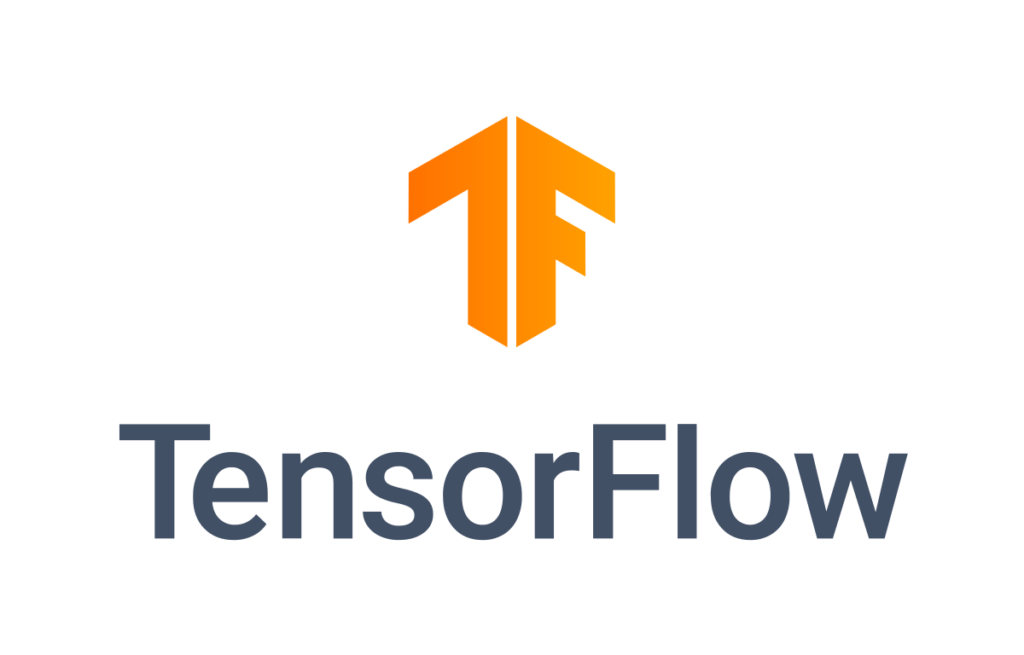
Google AI Services
The Google Cloud Platform provides Google AI Services, which are a comprehensive collection of tools for activities related to machine learning. Users are able to generate predictions by utilising models that are hosted on Google Cloud. Additionally, the REST API of the AI platform allows users to manage jobs, models, and versions.
There are a variety of customisable choices available for training models through the AI platform training service. These options include the selection of machine types, support for distributed training, and faster training using GPUs and TPUs.
Users have the ability to manage their models, versions, and jobs through the Google Cloud console, which provides a user-friendly interface for engaging with machine learning resources. Additionally, the Cloud Logging and Cloud Monitoring tools that are offered by Google Cloud are connected to the resources that are derived from the AI platform.
Furthermore, clients have the ability to utilise the command-line programme known as Gcloud CLI in order to manage their models and versions, submit jobs, and carry out various functions related to the software platform.
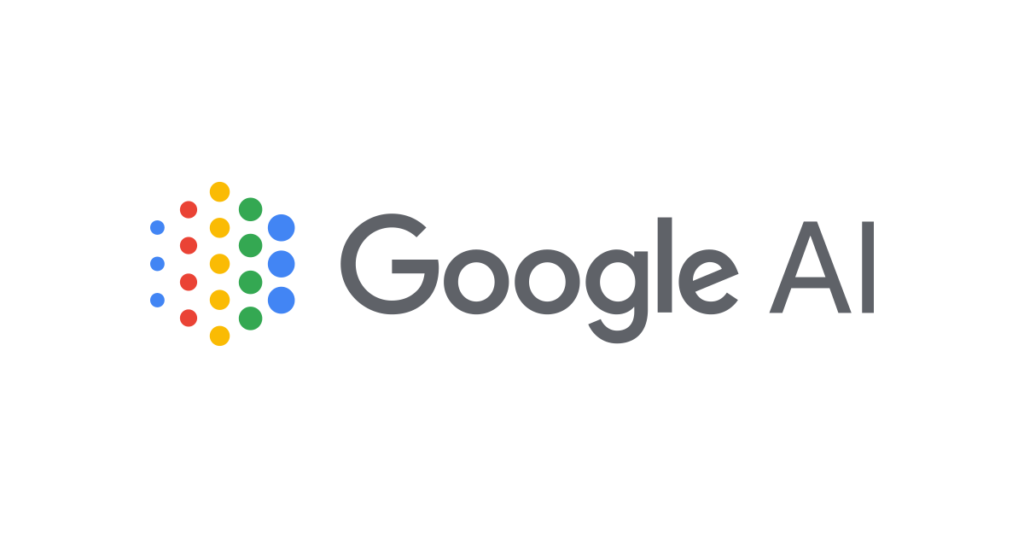
H2O
H2O.ai, a software supplier, provides enterprises with access to a variety of machine-learning platforms and solutions. In the realm of machine learning and predictive analytics, H2O is a platform that is not only rapid and scalable but also in-memory and open-source. After constructing machine learning models on Big Data, users can easily deploy them in business settings through the use of the internet. It is well knowledge that H2O contains methods that are both long-lasting and efficient. Some examples of these approaches are generalised linear models, deep learning, and gradient-boosted machines. Because the H2O platforms are equipped with computing capabilities that are optimised, speedy, and distributed, it is possible to finish model training and inference in a short amount of time.
As a result of its scalability, which enables it to manage massive datasets and challenging modelling workloads, H2O is an excellent choice for applications that are used at the enterprise level. All hyperparameters and methods are automated via the AutoML feature of H2O, which allows for the creation of the most powerful supermodel that is conceivable.
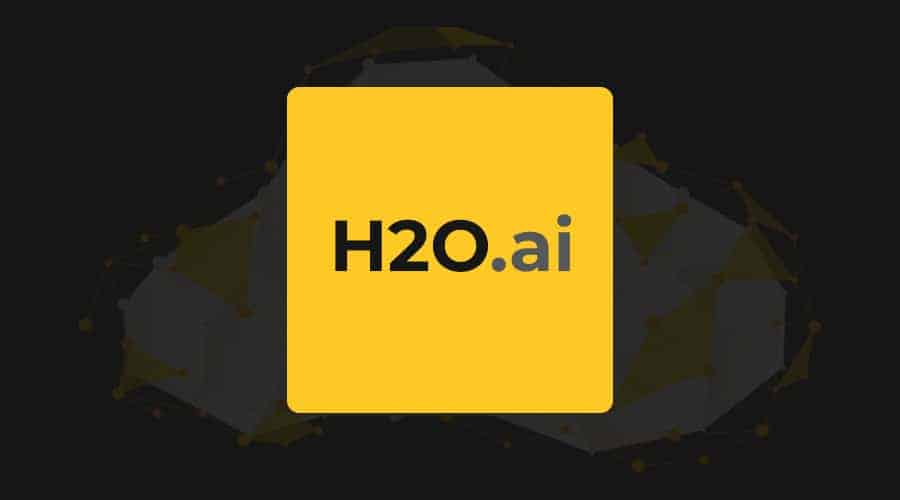
Petuum
Enterprises may take advantage of next-generation AI automation with Petuum, an AI platform that offers state-of-the-art AI solutions. To facilitate the scalability and operationalization of machine-learning pipelines, Petuum has developed a corporate MLOps platform that is composable, open, and adaptable. Anyone may automate processes using the most modern Large Language Models (LLMs) without learning any programming or AI thanks to the platform, which is the first composable MLOps platform in the world. The speed to value and productivity of ML teams and resources have been increased by more than 50% for Petuum customers.
One potential revenue stream that Petuum is exploring is a licencing plan where clients pay according to the number of machines using a specific AI system. They are now working on finding out how to monetize the platform. Oriza, SoftBank, Tencent, Advantech Capital, and Northern Light Venture Capital are among the kind investors who have contributed $108 million to Petuum.
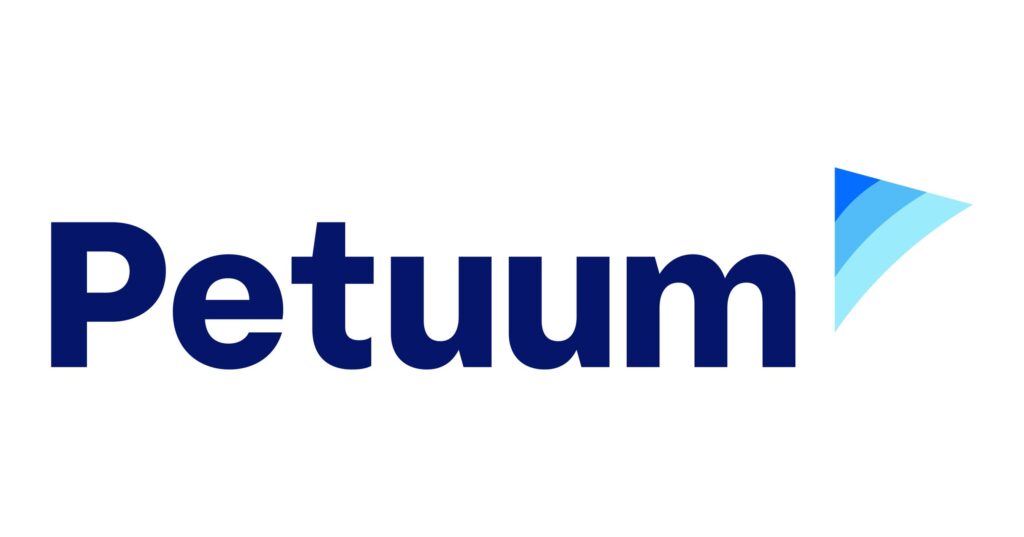
Polyaxon
Users can utilise the open-source Polyaxon platform to manage deep learning and other machine learning models on a large scale. You can automate the tracking of critical model metrics, hyperparameters, visualisations, artefacts, resources, and version control code and data with Polyaxon’s platform for managing deep learning and other machine learning models.
A polyaxon optimisation engine automates model tweaking, and the company also provides a workflow engine for handling complex process relationships and scheduling. The registry that Polyaxon provides for component storage and versioning also includes role-based access control, security, analytics, and governance. The foundation of reproducibility and pipelines are input and output files. Polyaxon is not limited to any one language or framework, but rather supports a wide variety of libraries and computer languages. To maximise cluster resources, use Polyaxon to run your distributed models and concurrent experiments. It is available for both on-premises and cloud deployment.
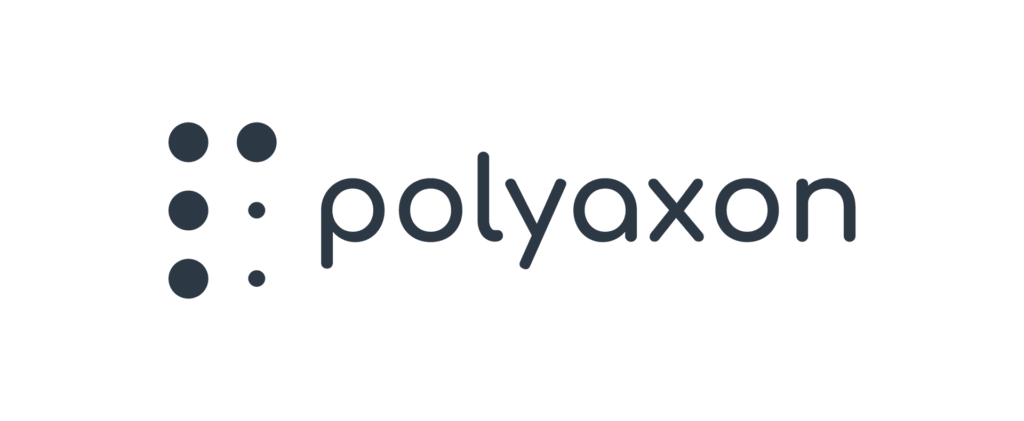
DataRobot
A comprehensive artificial intelligence platform, DataRobot provides businesses with a wide range of system interoperability and a team of AI specialists to assist them in making the most of the benefits that artificial intelligence has to offer. The capabilities of the platform, which include production-scale value, data platforms, and deployment infrastructure, enable businesses to make the most of their existing technical investments. When combined with an open and complete AI lifecycle platform, these capabilities allow businesses to maximise their return on investment.
Users have the ability to design, deploy, and manage machine learning models on the cloud by utilising DataRobot AI Cloud, which is the cloud-based version of the company’s platform. Through the use of DataRobot, it is possible to automate a wide range of tasks without the requirement of having specialised knowledge.
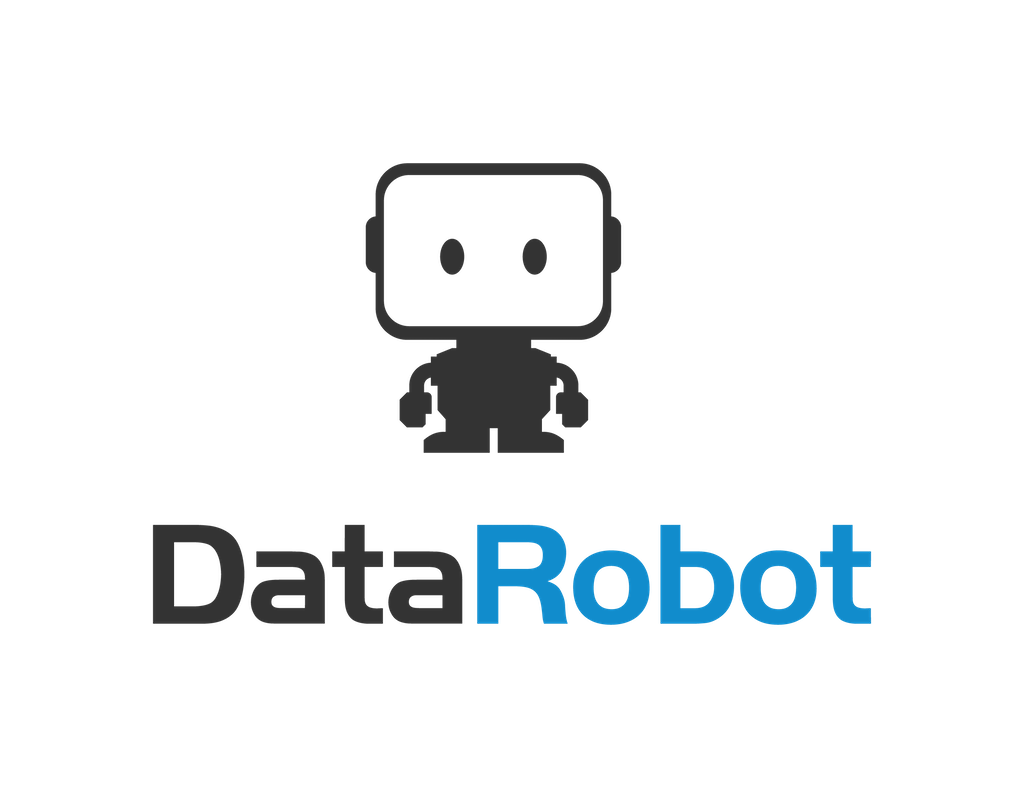
Neural Designer
An advanced technique in data science and machine learning, Neural Designer is an easy-to-use application that centres on neural networks. Neural Designer makes it easy for users to build AI-powered apps without knowing how to code or draw block diagrams. Automated machine learning, model deployment and maintenance, and smooth integration with other platforms are just a few of the many features accessible on the platform.
Out of all the advantages of Neural Designer, the one that stands out the most is its energy efficiency compared to other machine learning platforms. It can be a great money saver when training neural networks. How much Neural Designer costs a business depends on factors including the amount of data used, the utilisation of GPUs, the type of technical support, and the duration of the subscription period. The comprehensive support offered by Neural Designer is categorised according to licence type and has all the benefits of an in-house technical department.
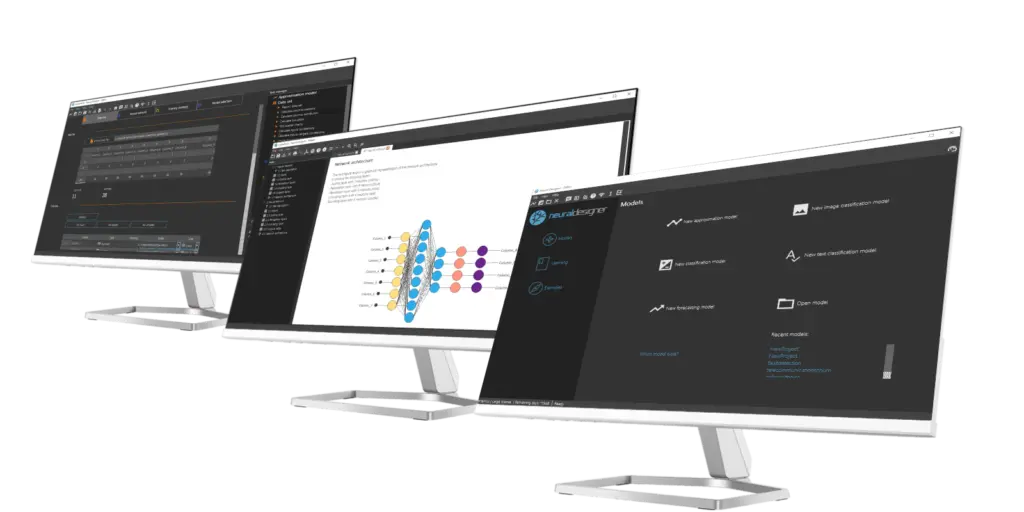
IBM Watson
Watson is a supercomputer that was developed by IBM. It is capable of providing intelligent solutions to inquiries by combining analytical software and artificial intelligence, sometimes known as “cognitive intelligence.” Watson combines cutting-edge hardware and software with compute rates of up to 80 teraflops. The IBM Artificial intelligence is used by Watson to understand the grammar and meaning of human language. By consuming and analysing vast amounts of data, Watson is able to provide answers to questions posed by people in a matter of seconds.
Because of the technology developed by IBM Watson, numerous companies now have a competitive advantage in predictive analytics and problem-solving. This is because the technology increases the value that stakeholders and consumers receive. As a result of its cloud-based accessibility, IBM Watson has emerged as a popular option for small and medium-sized organisations operating in a wide range of industries.

Benefits of AI Platforms for Businesses
The construction, development, deployment, and management of scalable machine learning and deep learning models are all made feasible by artificial intelligence platforms. By reducing the amount of software-specific tasks that need to be completed, such as data manipulation, management, and deployment for various use cases, artificial intelligence platforms reduce the cost of business software development.
Depending on the type of information that is generated by artificial intelligence technology, such as pictures, audio, text, or codes, use cases can be classified into a wide variety of categories. A brief summary of the application cases for artificial intelligence technologies across a variety of industries is as follows:
- Develop neural networks that are capable of carrying out business-specific tasks.
- creation of code: generation of code, compilation of code, and correction of bugs
- Translation services, chatbots, and content development are all examples of text generating.
- Instrumental composition, text-to-speech (TTS), and voiceover production are all examples of audio generation.
- This includes the development of images, the creation of three-dimensional shapes, and the production of videos.











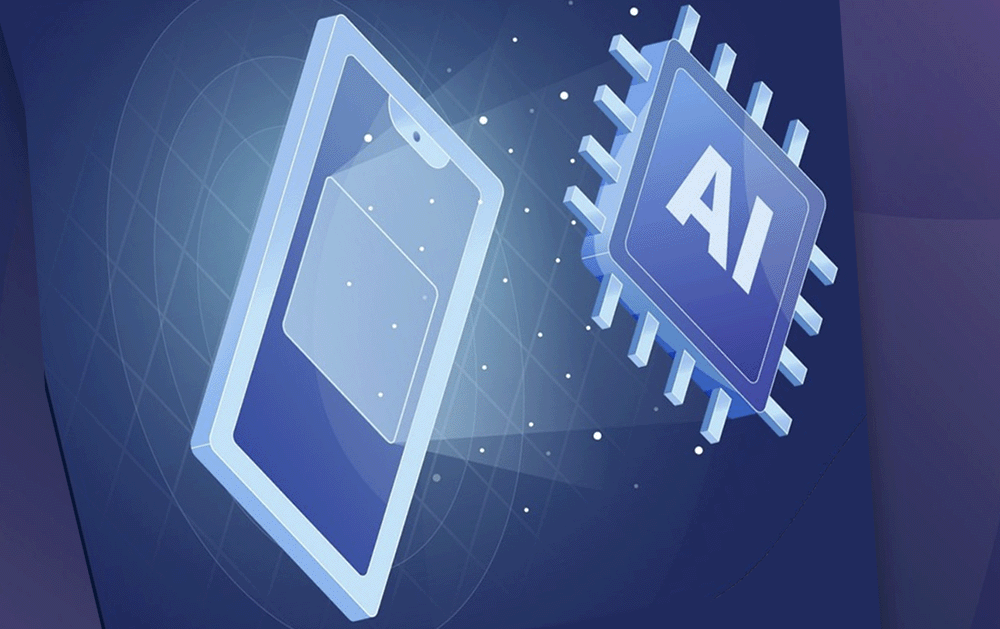

Leave a Reply